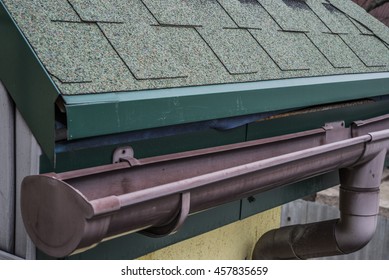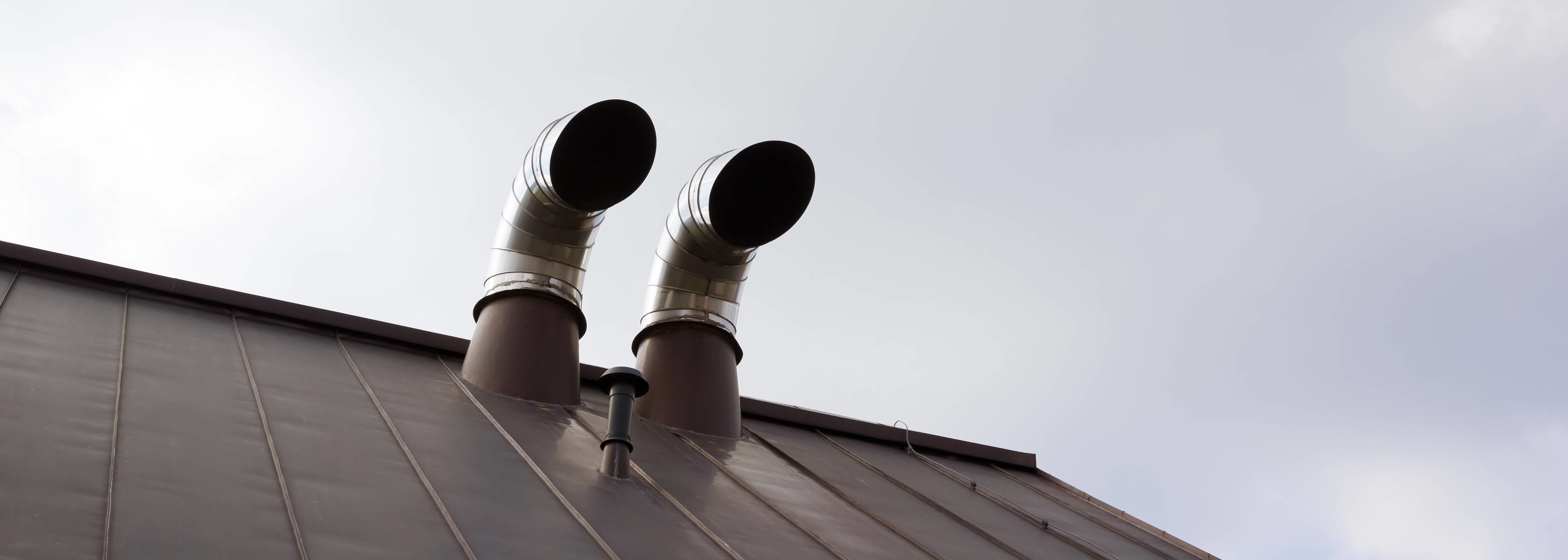Why Do Some Buildings Require Stand Pipes On The Roof

An outlet is required on the roof or at the highest landing of an interior exit stairway with access to the roof when the roof has a slope of less than 4 to 12.
Why do some buildings require stand pipes on the roof. Class i standpipes are required on each side of a horizontal exit in every exit passageway on the roof or highest landing where the roof has a slope less. When standpipes are fixed into buildings the pipe is in place permanently with an intake usually located near a road or driveway so that a fire engine can supply water to the system. Additional benefits of ballast on a flat roof. The ifc would require a standpipe system in a building where the floor level of the highest story is located more than 30 feet above the lowest level of fire department access.
The vault is a parallel series of arches used to form a roof the most common form being a cylindrical or barrel vault vaults came into their greatest prominence in gothic architecture the dome is a hemispherical structure that can serve as a roof. Ballasted flat roofs are a popular choice especially for commercial buildings. Domes have surmounted some of the most grandiose buildings of ancient roman islamic and post medieval western architecture. Required based on the building layout and design.
The gravel in a ballasted roof helps absorb heat preventing the sun from heating the roof materials below and making the roof more energy efficient. Magazine and roofing southwest. The standpipe extends into the building to supply fire fighting water to the interior of the structure via hose outlets often located between each pair of floors in stairwells in high rise buildings. Class i standpipes shall be located at an intermediate floor level landing between floors unless otherwise approved by the fire department.
Commercial roofs are flat roofs because they are much more cost effective compared to pitched roofs. An outlet is required on each side of a wall adjacent to the exit in a horizontal exit.



















